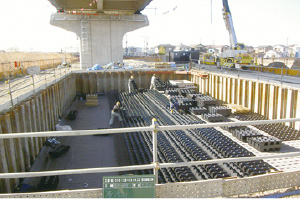
Minuma Tanbo Shutoko Biotope
What is Minuma Tanbo Shutoko Biotope?
In the Minuma rice field area of the Saitama Shintoshin Line, aiming for a "new urban expressway that coexists with nature", and in order to regenerate the ecosystem of this valuable green space, we have constructed a biotope with an extension of 1.7 km and an area of 6.3 ha under the elevated highway.
Biotope: A place where various local creatures live
To aim for an urban expressway
that coexists with nature
In the Minuma rice field area of the Saitama Shintoshin Line, we selected some tree species from native plants and grew the seeds collected in the area to plant seedlings in order to regenerate the ecosystem of the rare valuable green space left in the suburbs of the capital.
We also organize nature observation events of inviting local kindergarten children and field workshops for students who study the environment. Carrying out management and maintenance of the green space with the cooperation of the local people, we aim to realize a biotope that not only interfaces with the community and nature but also is loved by people in the region.

Dividing the biotope into zones, we planted suitable trees for each area.


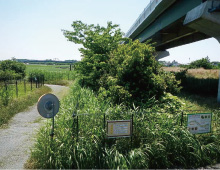

Biotope Maintenance
As a general rule, maintenance is left to the natural order, so it is usually not possible to enter.
However, while taking advantage of nature's self-renewal ability, we monitor (regular survey) and eliminate alien species that may compete with growing animals and plants including transplanted plants. With the cooperation of local people, all necessary maintenance is kept to a minimum.
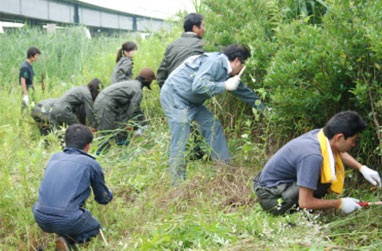
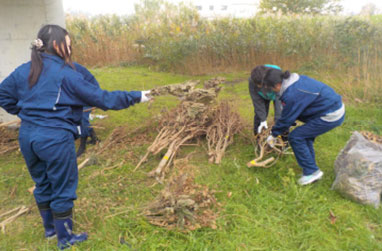
Plants and Animals in the Biotope
Due to the conservation of animals and plants, various species live in the biotope.
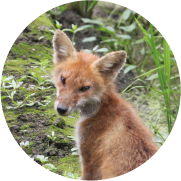
(Category IB endangered species)

(Near Threatened)

(Near Threatened)
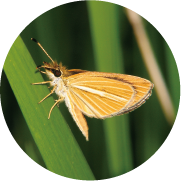
(Near Threatened)

(Near Threatened)
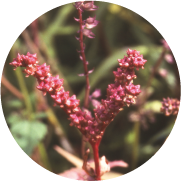
(Category IB endangered species)
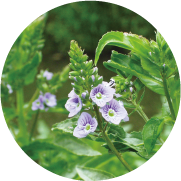
(Near Threatened)
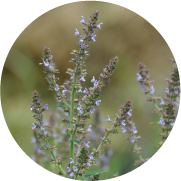
(Category II endangered species)

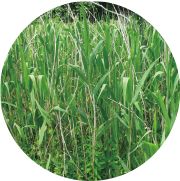
Photo courtesy of Ecosystem Conservation Society - Saitama
column
Alder Project
We are proceeding with the "Alder Project" to bring back the "Midori Shijimi" (Scientific name: Neozephyrus japonicus), which is a butterfly of Saitama Prefecture and is designated as near threatened (Saitama Prefecture Red Data Book).
Nature restoration project that restores the habitat of "Midori Shijimi" by planting the Alder trees which were once widely grown in the Minuma Tanbo Shutoko Biotope, which Midori Shijimi likes.

Ecosystem Conservation Society of Saitama
Consideration for the surrounding environment
The expressway itself is also designed with consideration for the surrounding environment.
The bridge girder has been built as smooth and low as possible to blend in with the landscape and painted dark green in the image of an evergreen slope forest in the background.

In order to ensure that the light leaking from the viaduct of Metropolitan Expressway at night would not affect the creatures, we put the lighting fixtures in a box and installed them on the balustrades at both ends of the road (about 1 m above the road surface) so that only the road surface is illuminated from the rear of the car.
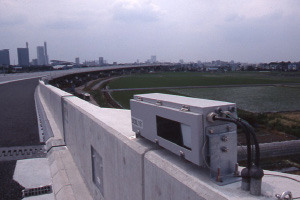
A large artificial pond has been constructed in the ground of the biotope to supplement part of the retarding basin function of Minuma Rice Field so that rainwater that falls on the road surface of the highway during heavy rain does not flow directly into the nearby Shiba River.
